How can we build a more consistent vehicle CAN bus network when domestic new energy vehicles are in full swing? Let us start learning from international standards.
ISO11898 is the international standard of CAN bus. It has become the standard bus protocol of automobile control system since it was developed by German BOSCH company. Nowadays, the development of new energy vehicles in China has begun to spread to the traditional car enterprises in order to improve in the process of transformation. Automotive stability, the study of international standards has become a top priority.
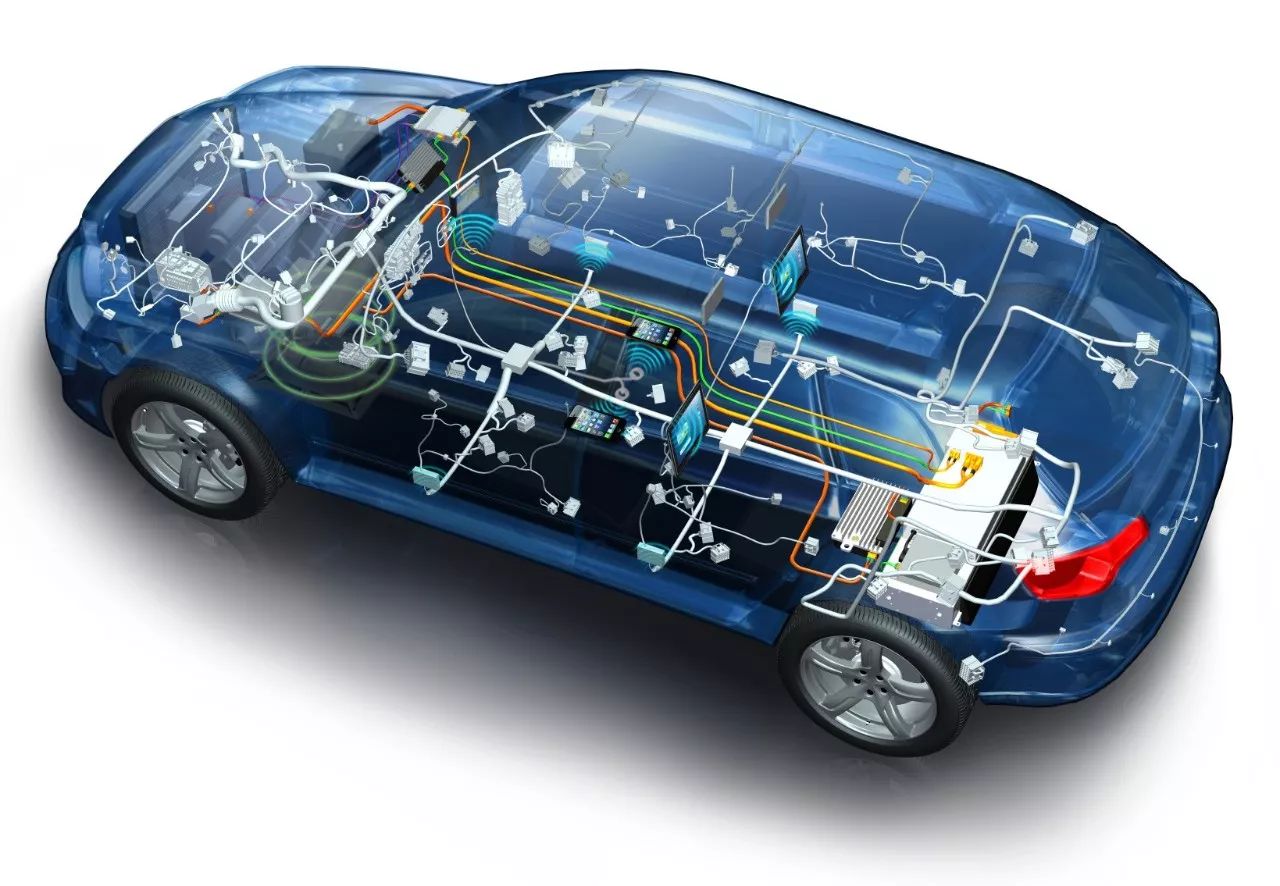
Figure 1 New energy vehicle CAN bus perspective
Any kind of communication protocol should be built on the basis of physical media. What characteristics of high-speed (send rate 1Mbps) media deserve our attention? Today we use "ISO11898-2: High-speed media access unit" as an entry point to understand this national standard.
First, the characteristics of the medium
1, bus level
(1) The bus can have one of two logic states: receive or transmit (see Figure 2).
In the receive state, VCAN_L and VCAN_H are fixed at the average level, which is determined by the bus terminal. When Vdiff is below the maximum threshold, the receive state is passed during bus idle and receive data bits.
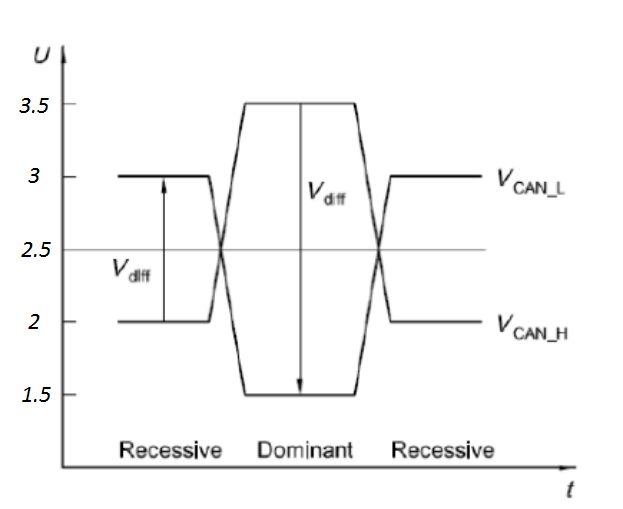
Figure 2 CAN bus logic state
(2) In terms of physical media, the CAN network harness topology should be as close as possible to the structure of a single wire. The twisted pair used in the cable is kept at about 50 twists per meter, and a shielded wire is wrapped around it to effectively reduce the interference signal to the difference. The influence of the voltage also avoids the reflected wave of the wire harness, and the distance between d and l needs to reach a certain level.
The topology of the LS-CAN network segment adopts a bus topology, as shown in Figure 3. The specific values ​​are shown in Table 1. The communication rate is 125 k~500 kbit/s. In addition, the following technical requirements need to be met:
In order to reduce the standing wave, the length of each ECU from the trunk line cannot be equal, and the ECU should be arranged at equal intervals on the bus, that is, the d values ​​between any two ECUs cannot be equal;
The distance from the diagnostic interface to the diagnostic device must not exceed 5 m.

Figure 3 Body CAN network topology
Table 1 Network segment topology

(3) Summary
According to the above characteristics, when designing the body bus, we need to control the distance from the station to the master station and the distance between the slave station and the slave station to avoid problems such as signal distortion or insufficient amplitude caused by too large or too small a distance.
Second, the consistency test
1 Overview
The consistency of the medium access unit shall be tested in accordance with the ISO16845 specification, in which the impedance, the capacitive reactance, and the bus transmission delay between the CAN_H and the CAN_L respectively to the ground or between the two are dominant.
(1) Internal termination resistance of CAN_L and CAN_H with respect to ground
Rin_L and Rin_H are determined by Rtest and are calculated as follows:

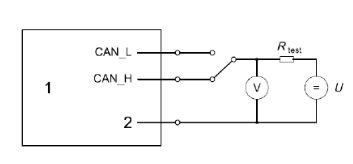
Figure 4 Equivalent diagram of CAN_L and CAN_H internal termination resistance test relative to ground
(2) Internal differential resistance
Rdiff is determined by Rtest during bus idle:

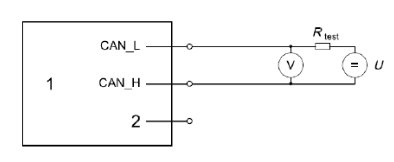
Figure 5 Internal differential resistance test equivalent diagram
(3) Internal delay measurement method
The internal delay tnode measurement should input a transmit bit on the CAN bus through the CAN node in the idle state, the error is valid. The CAN node should consider this transmit bit to be the start bit of the frame and perform hardware secondary synchronization. The CAN controller should detect a fill error at the sixth receive bit after the transmit bit and respond as a valid error flag. The time between the external send send bit and the start of the error flag is tedgeotooedgeoo.
t ∆ edge=6 ∙ NBT − (toutputRD − toutputDR) o
tinputRD+toutputRD=tedge_to_edge − 7 ∙ NBT+sync o
The synchronization condition can be adjusted by adjusting the phase to get the maximum value of tedgeotooedgeoo (the maximum CAN core sampling error: 1tq).
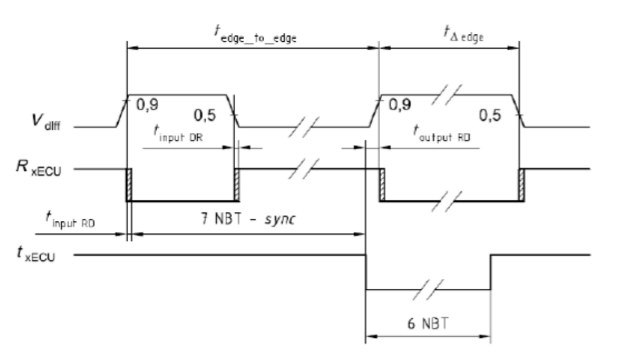
Figure 6 Internal transmission delay measurement
2, IOS11898 consistency test is a fast and reliable method
It is necessary to use the multimeter, Excel data plus calculation formula to complete the above internal transmission delay, impedance, capacitive reactance, CAN node receiving and outputting input, and other dozens of test items. The efficiency is extremely low and the accuracy is not high, artificial calculation There are many errors, so the one-key test of the CANscope bus analyzer has greatly improved the efficiency and authority of the above-mentioned consistency items.
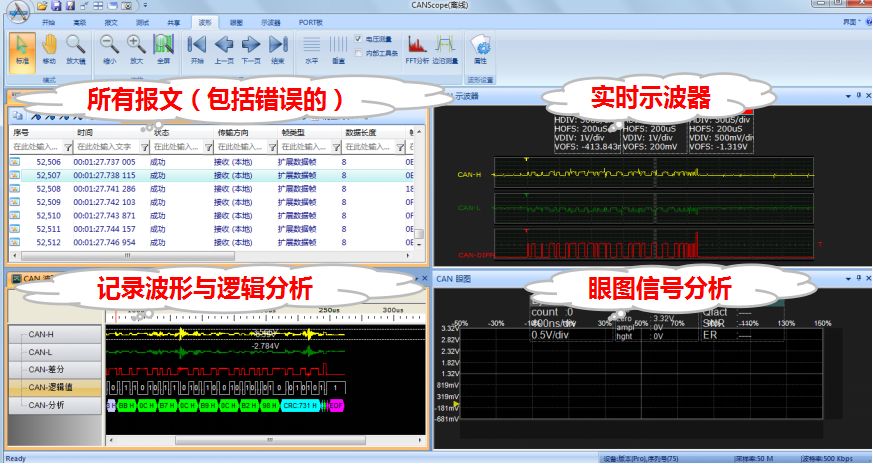
Figure 7 Conformance test four major observation interfaces
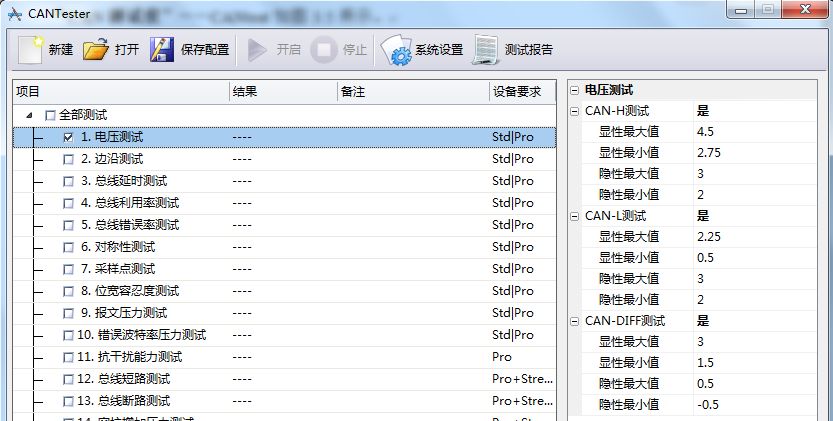
Figure 8 CANTester physical layer and data link layer conformance test part of the project
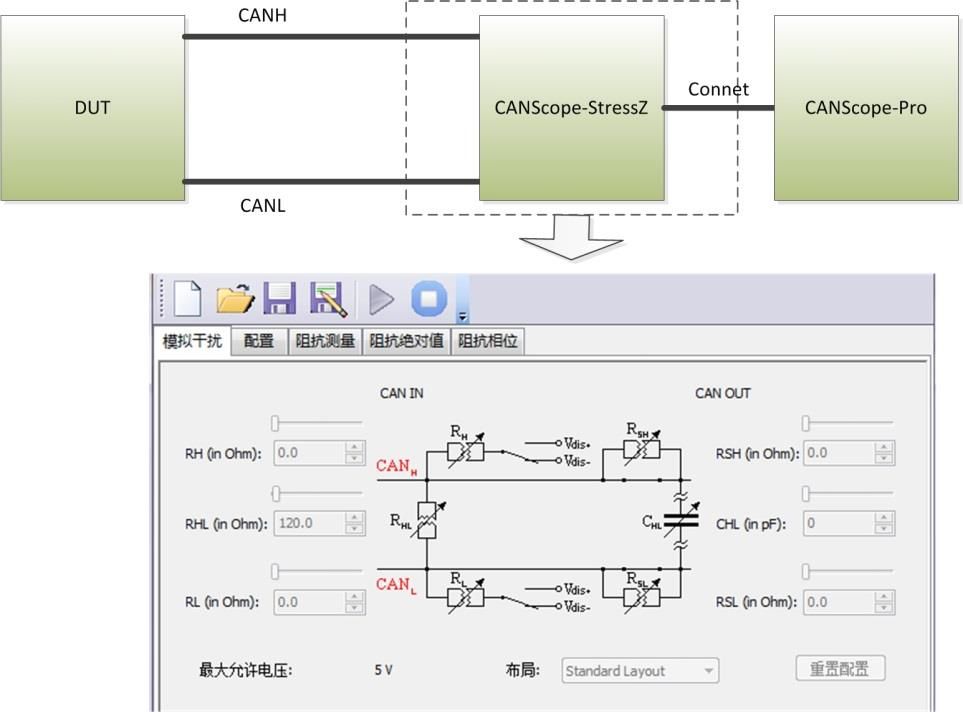
Figure 9 equivalent circuit function for input capacitance resistance test
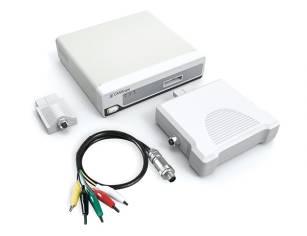
Figure 10 CANscope bus analyzer
CANscope bus analyzer is the only solution in the world for CAN bus fault location, interference elimination and reliability testing. It is compatible with various mainstream protocols of CAN bus, which means that CANscope can be compatible in all kinds of standards that are currently implemented or upgraded in the future. Updates, conformance testing is more complete, faster, and more reliable.
The 7-inch tablet can be used as the golden size of a tablet computer. It is small and portable. It can be used at home and outdoors. You can browse the web, watch videos and play games. It is a household artifact. Although the size of the 7-inch tablet is inclined to the tablet, the function is more inclined to the mobile phone, so it can also be used as a substitute for the mobile phone. Compared with other sized tablets, the 7-inch tablet has obvious advantages in appearance and weight. Both the body size and the body weight have reached a very reasonable amount.
1.In appearance, the 7 inch tablet computer looks like a large-screen mobile phone, or more like a separate LCD screen.
2.In terms of hardware configuration, the 7 inch tablet computer has all the hardware devices of a traditional computer, and has its own unique operating system, compatible with a variety of applications, and has a complete set of computer functions.
3.The 7 inch tablet computer is a miniaturized computer. Compared with traditional desktop computers, tablet computers are mobile and flexible. Compared with Laptops, tablets are smaller and more portable
4.The 7 inch tablet is a digital notebook with digital ink function. In daily use, you can use the tablet computer like an ordinary notebook, take notes anytime and anywhere, and leave your own notes in electronic texts and documents.
7 Inches Tablet Pc,Quad Core Tablet 7 Inch,7 Inch Gaming Tablet,Supersonic Tablet 7 Inch
Jingjiang Gisen Technology Co.,Ltd , https://www.jsgisengroup.com
